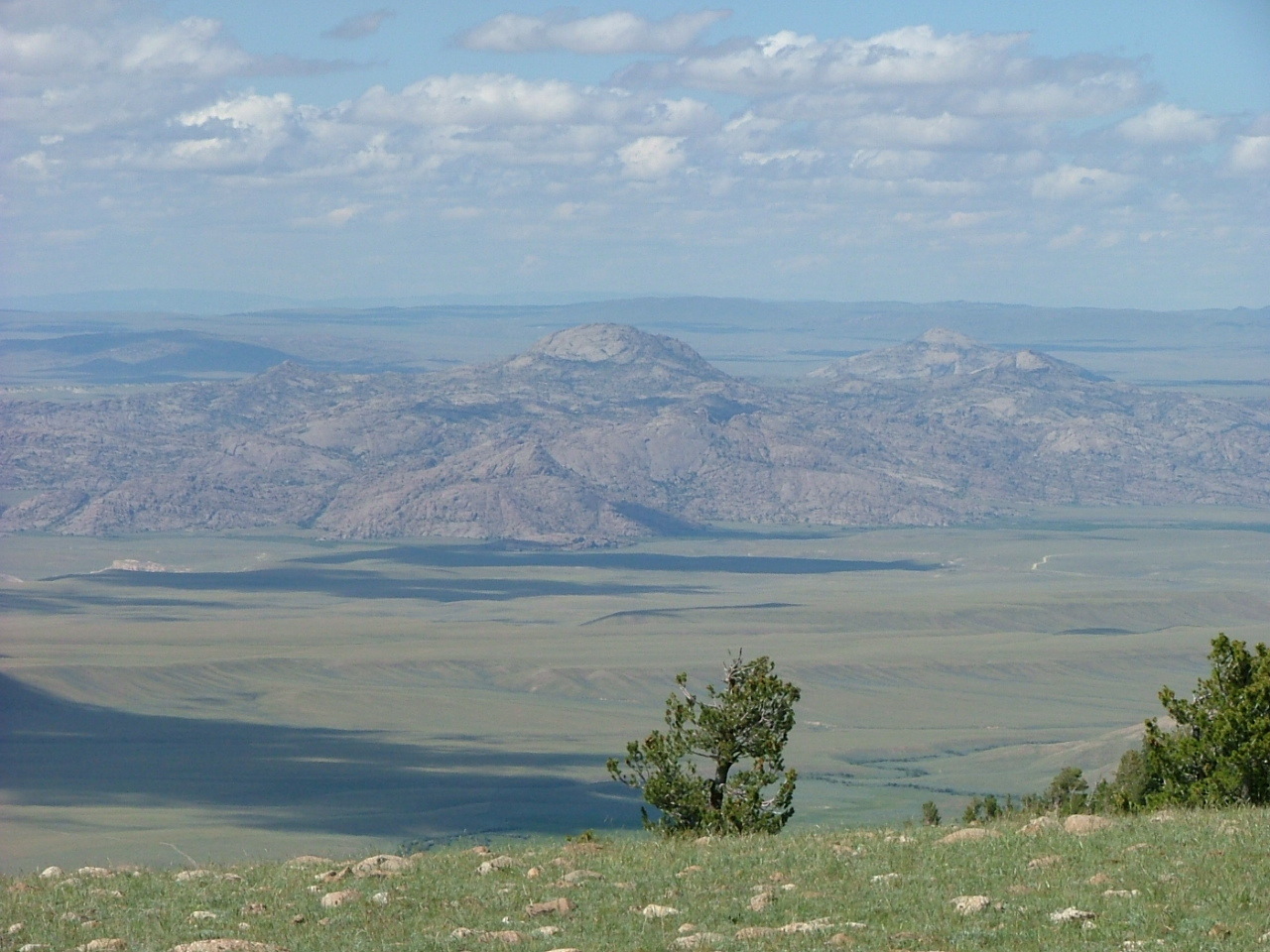NEWS RELEASE: Wyoming Geological Survey Publishes Uranium Public Information Circular
Wyoming State Geological Survey sent this bulletin at 08/24/2016 10:22 AM MDT |
|
Having trouble viewing this email? View it as a Web page. |
August 24, 2016
******FOR IMMEDIATE RELEASE******
Media Contact:
Christina George
(307) 766-2286 x231
christina.george@wyo.gov
WSGS Publishes Public Information Circular on Uranium
Jobs, tax revenues and economic diversification are some ways uranium has benefited Wyoming where the largest economic reserves in the United States can be found. The naturally occurring chemical element is the focus of a new public information circular published today by the Wyoming State Geological Survey (WSGS).
“Wyoming holds extensive uranium resources that have historically been important to the United States and that will be useful and significant for many years to come,” says Tom Drean, WSGS director. “We hope the public finds this circular useful in understanding its occurrence, associated geology, extraction and uses.”
Globally, the United States ranked ninth in uranium production in 2015. Uranium production for Wyoming totaled a little more than 2.6 million pounds of yellowcake (the end product of uranium mining) in 2015, about 78 percent of the country’s total. Texas and Nebraska are the only two other states where uranium is mined currently.
The heavy metal’s significance as a commodity dates back to the 1940s with its radioactive properties utilized in the medical field and in making the world’s first nuclear weapons, bringing about the end of World War II.
“Demand for uranium skyrocketed in the post-war era in response to military as well as nuclear powered electricity generation needs,” says Robert Gregory, WSGS geologist and author of the public information circular.
Among an array of uses, uranium first and foremost provides energy for the generation of electricity worldwide. “Worldwide, uranium demand continues to grow as more nations turn to nuclear as an alternative to fossil fuels,” Gregory says.
Uranium was first mined in Wyoming in the early 1900s near Lusk. However, the most famous and significant discovery of a uranium deposit was at Pumpkin Buttes in southwest Campbell County in 1951 by J.D. Love of the U.S. Geological Survey. In addition to the Powder River Basin, uranium deposits are found in the Shirley, Wind River and Great Divide basins. There are also deposits in the Little Mountain area of the northern Bighorn Mountains and the southeastern Greater Green River Basin.
The 24-page public information circular provides a description of uranium, host rock formations, where it came from, major discoveries in Wyoming and how much are in reserves. There’s also information covering historical uses, early research, type of uranium mining and how the mineral fits into the nuclear fuel cycle.
The public information circular can be downloaded at no charge. More information about uranium can also be found on the WSGS’ website.
Photo caption: View of the Granite Mountains, Fremont and Natrona counties, looking north from Green Mountain. This mountain range is a likely source of uranium in nearby basins. (photo by Robert W. Gregory, WSGS, 2010).


